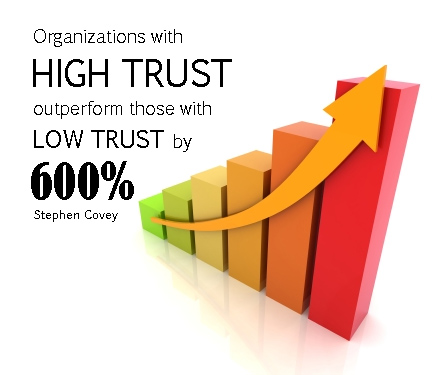 What if character and competence were the primary concern for building your business (and yourself)? Have you considered that?
What if character and competence were the primary concern for building your business (and yourself)? Have you considered that?
According to thoughtful work by Stephen Covey and Ken Blanchard, both of whom have sold millions of business books and helped transformed countless businesses, there is an important case for trust in your employees and business.
This is what Stephen Covey had to say about Trust in his book Speed of Trust and Smart Trust:
- Trust is an economic driver.
- Trust is the number one competency of leadership.
- Trust is a learn-able competency.
I can agree with this. When you don’t have trust, things quickly fall apart, stall out, and bog down. Depending on the character and competence of those working with you, the outcomes could be “just barely manageable” or down right “tragic”. And its the relationships of others as well as the poor performance of the organization that pay the cost of these trust problems.
During a two day business retreat, I experienced all sorts of trust building exercises, all with one purpose; To open us up to one another, draw us closer as a team so we could work together, and become more trusting partners in the work we needed to do. I’ve experienced it first-hand. Trust matters if you want to drive successful teams and a successful business.
This post is about the mechanics and components of trust and most likely it is not at all what you think it is.
For example, how do you look at team building? My guess is that it doesnt look much like this: Since your team building model most likely doesn’t build up from trust, you are likely to suffer from these problems:
Since your team building model most likely doesn’t build up from trust, you are likely to suffer from these problems:
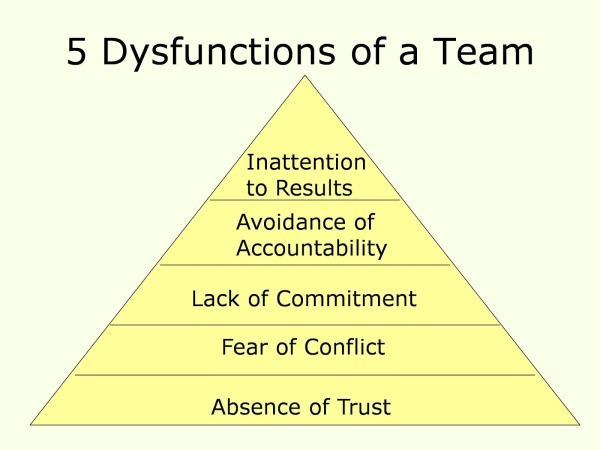
So let’s take a quick look at this insightful introduction to trust by Stephen Covey.
Are you looking for velocity in your business? Want to go further, faster, more efficiently? If so, Trust should be at the core of your relationships, partnerships, and projects.
 I’t comes as no surprise as to how important trust is.
I’t comes as no surprise as to how important trust is.
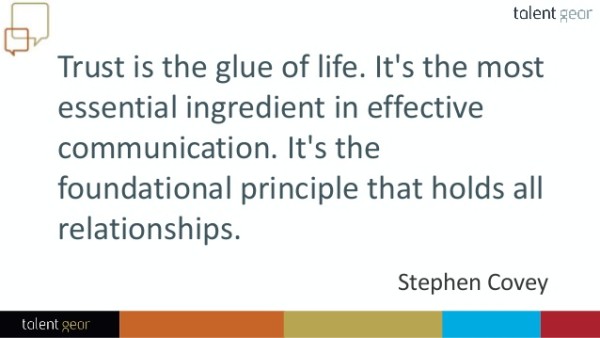 How exactly does trust work?
How exactly does trust work?
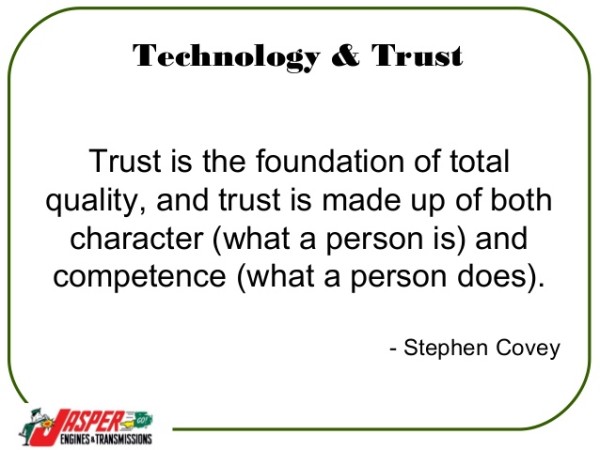
It starts with understanding the two key components of trust:
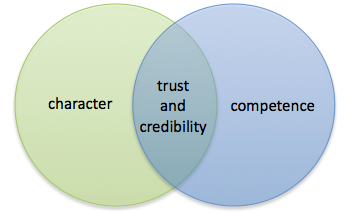
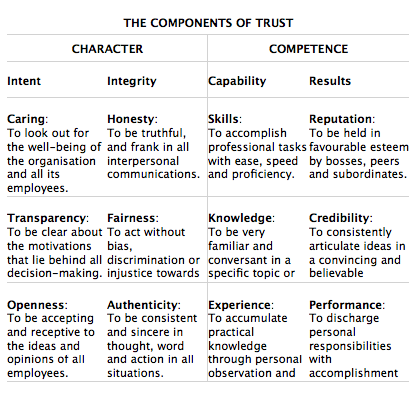 To summarize that in as simple of a way as possible, trust looks like this:
To summarize that in as simple of a way as possible, trust looks like this:
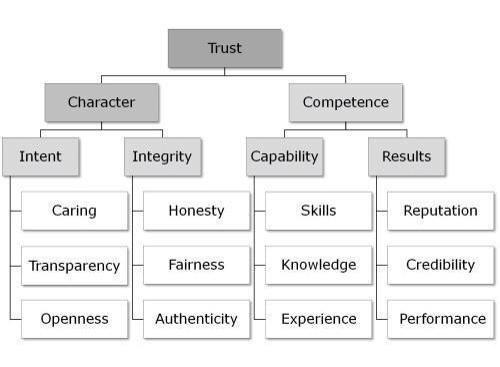
As you consider trust, you can put yourself and others into 4 primary quadrants:
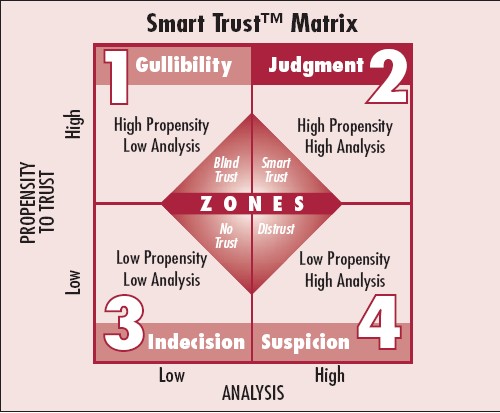
When you put it in action, trust looks like this: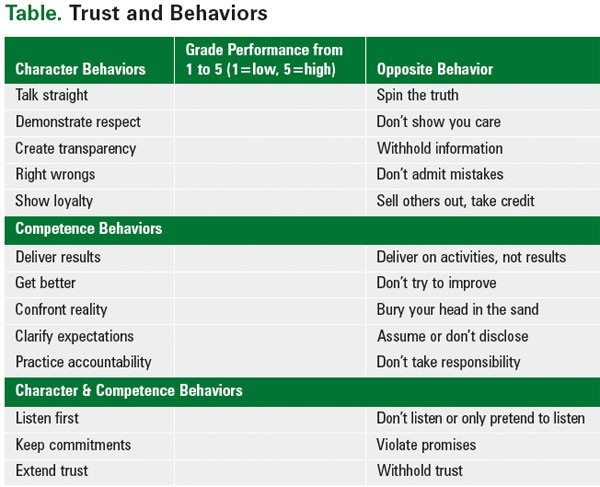
In order to move into Trust, you must be able, believable, connected, and dependable:

To move toward trusting environments, you must address character and competence and dispel the myths of trust:
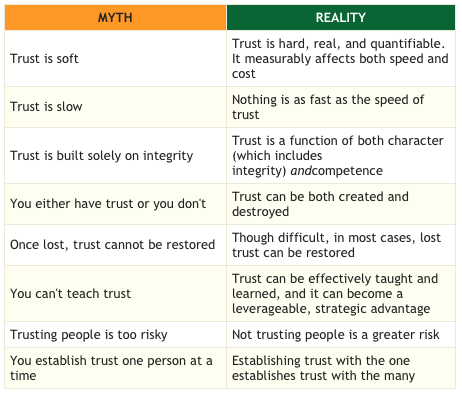
When you harness the power of trust, you’ll see the benefits or suffer the consequences.

Look out for the behaviors that build or diminish trust.



 Champs don’t take punches they can block or avoid. With good form, discipline, and training, Champs elevate their game at all levels.
Champs don’t take punches they can block or avoid. With good form, discipline, and training, Champs elevate their game at all levels.![2255781557_d7148597a7_z[1]](https://justinmccullough.com/wp-content/uploads/2010/09/2255781557_d7148597a7_z1-300x225.jpg)







